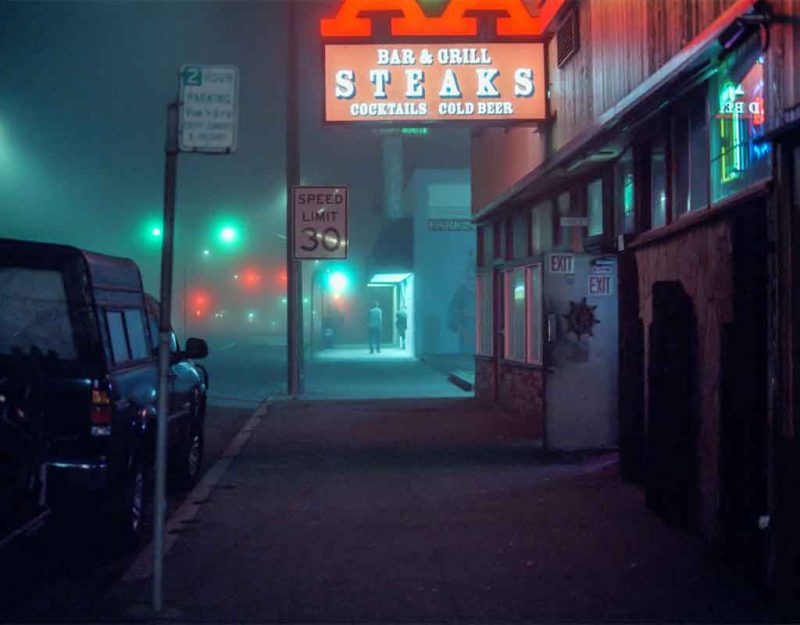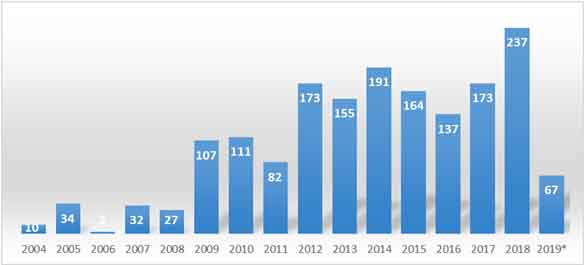Overview Of Vigilantism
Vigilantes in the West generally act to improve safety and security conditions for their community in the absence of a supporting legal justice system. Once authorities pick this up, they will seek to improve the legal system to overcome that obvious lack of safety/security thereby obviating the need for further vigilantism.
It is therefore important to note that Europeans are now thinking how they could look in 2022.
For almost six decades, the story of Europe has been one of increasing expansion and closer union. The authors argue that, while this process has not faded entirely, new economic and geopolitical drivers make it hard for Europe to continue as it has done without major adaptations. As Europe has lagged other regions economically, they believe, its social contract is under threat.
In the age of globalization, governments inherit the blame for not ensuring the same quality of life citizens have come to expect, the report says. If the EU is to survive intact (minus the UK), it must be more responsive to the growing insecurity in the lives of citizens.
It is logical in the absence of proper security that vigilantes will emerge. The obvious first stage of vigilante growth is the typical protest technique used by labor unions and anti-wall street or anti-nuclear protestors. But protesting becomes serious when it gets personal, such as when fuel prices increased and citizens saw it as a globalist threat to their livelihood.
There are also lots of vigilantes in Africa due its social justice oriented feminine culture, leading to a different management approach where vigilantes can be coordinated by central Government to the benefit of both. However it’s a double-edged sword because vigilantes can take over if not managed carefully.
In short, says the report, “while African and international policymakers may be concerned that empowering non-state forces will undermine the state, vigilantes also can serve as valuable intermediaries between local communities and central authorities.”
In contrast, a less well-defined mandate, which allows groups to take up local governance roles, can lead to problems by extending their existence, enlarging their scope, and allowing them to consolidate their power.
In short it is possible to identify “positive” vigilantes that contribute to society, as opposed to “negative” vigilantes that take over society.
An example of positive vigilantes is flourishing in Nigeria with official support. Their societal conditions are conducive for vigilantes as follows;
Concerns about safety and security are substantial in Nigeria. Here, crime is high and the police are widely considered corrupt and inefficient. The structure of law enforcement does not help. Police forces are run at the federal level despite long-standing calls for state forces. Given that Nigeria has many diverse languages, cultural practices and terrain, the centralized police face many difficulties.
In its effort to fight Boko Haram, Nigeria has established a “Civilian Joint Task Force”.
The Borno vigilantes fighting against Boko Haram, whose activities have attracted widespread media coverage, illustrate this well. Referred to as the Civilian Joint Task Force, they began in 2013 as a group of local hunters intending to protect their communities, but quickly became integrated into the government’s official counter-insurgency.
Although vigilantism has become a fabric of Nigerian society, with many groups acting this way, cooperating with the police in farmer and pastoralist conflicts has been very successful.
Although official regulation has not completely eradicated abuses, it appears more fruitful than bans. Moreover, the effectiveness of vigilantism in combating crime cannot be contested. With enhanced training and accountability mechanisms these groups could provide an important component of community policing
In South Africa vigilantism is rife where it is generally seen (in opposition to their Nigerian counterparts) in a negative light. However, this should be re-visited since vigilantes appeared to have “increased” since Black government assumed full authority since 1994.
Contemporary vigilantism cannot be separated from the formal criminal justice system (CJS). Both exist in a relationship that is intimately connected to issues of justice, crime, and punishment. This relationship is generally one of antagonism and it can be viewed from at least two opposing angles. On the one hand, vigilante violence is understood as criminal activity. It breaches the law and is seen as part of the current “crime problem” faced by South Africa. On the other hand, vigilantism itself is explained as fighting crime. This is largely because the CJS has, according to the argument, failed to address crime. These differing interpretations offer a starting point for intervention. At least three possible strategies can be devised at this level, namely:
- addressing the real and practical failings of the CJS;
- prioritising and tackling vigilantism as a form of crime, and
- educating the public and authorities about the workings of the CJS (to address misperceptions about due process).
Needless to say none of the above was implemented, indicating that the “authorities” accept vigilantes as part of their culture because despite killing two people/day police routinely observe such action without doing anything. But as the previous report indicated, these vigilantes want “instant retributive justice”:
This study finds that vigilante methods across the two-decade period have remained fairly stable and that they generally share the following qualities:
- They are public in nature;
- Violence, or the threat of violence, is pervasive;
- They serve a warning as well as punishing function;
- They generate fear and control through repression;
- They are premised on a model of instant, retributive justice;
This feminine social justice desire for instant retributive justice is visualized by the general increase in Service Delivery Protests in South Africa, making it literally the protest capital of the World. (Ref MunicipalIQ)
With this propensity towards protests and vigilantism it is unsurprising that political parties use that characteristic to gather The Troops using social justice morality of “give us our land now.”
Rousing the rabble is quite easy under these conditions but led to the rise of another political party opposing the landgrab. It is quite easy then to imagine how vigilantes from one party oppose vigilantes from another party especially when it becomes evident that the President picks only one side. Here is a similar problem to Nigeria, where there is one government and two sets of vigilantes but with the President picking the negative side, the side of the troops. (He should perhaps learn from Nigeria)
Helping Western society understand this dilemma is to identify the difference between negative and positive vigilantes. (Not whether you can “control” them like they do with Antifa).
Negative vigilantes do not contribute to society and the (central) Police learn nothing from them which means that the Criminal Justice System cannot improve. Positive vigilantes reduce crime thereby helping society to improve itself.
Tags: africa, crime, vigilantes, vigilantism











